Pucallpa - Frontier Town of the Peruvian Amazon
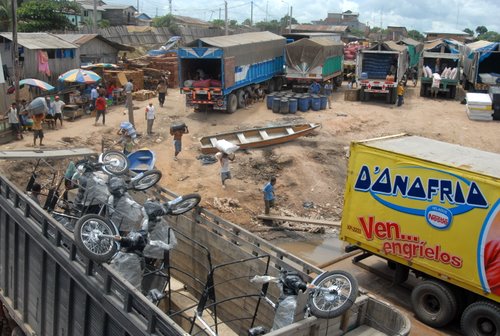 Pucallpa, Peru - A Frontier Town
Pucallpa, Peru - A Frontier Town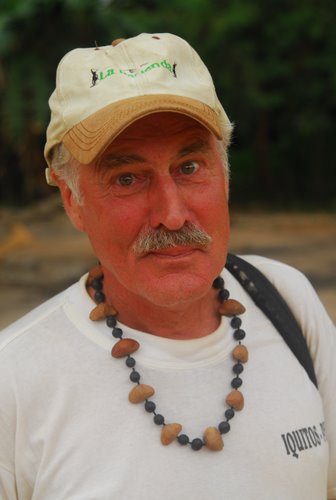 Roald Kley
Roald Kley 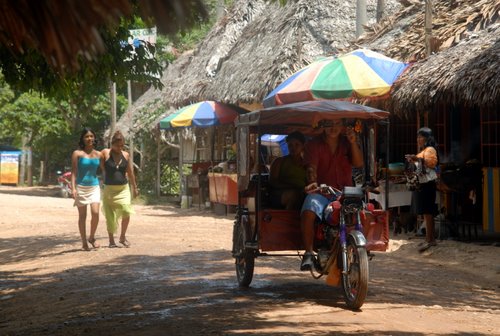 Yarinacocha near Pucallpa, Peru
Yarinacocha near Pucallpa, Peru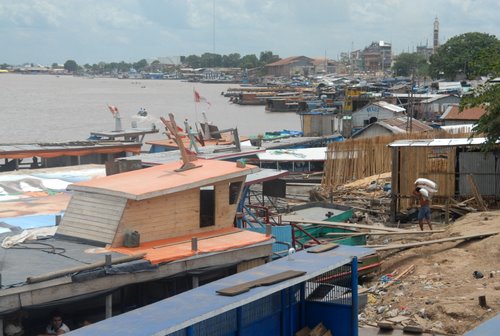 Pucallpa on the Ucayali River
Pucallpa on the Ucayali River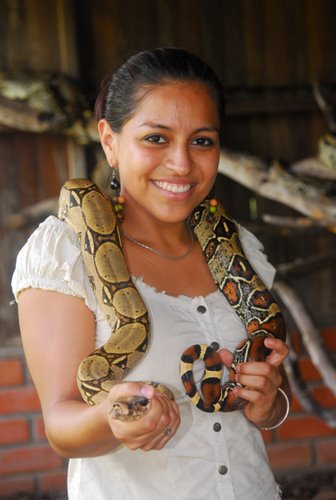 Caricia with Constrictor
Caricia with Constrictor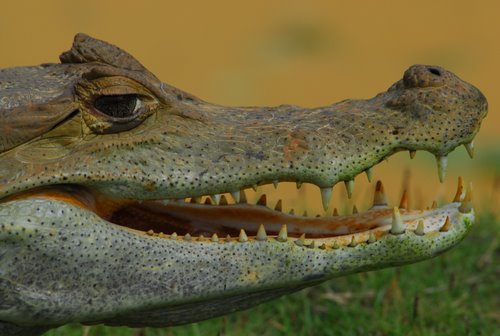 White Caiman (or Crocodile)
White Caiman (or Crocodile)San Francisco & Santa Clara
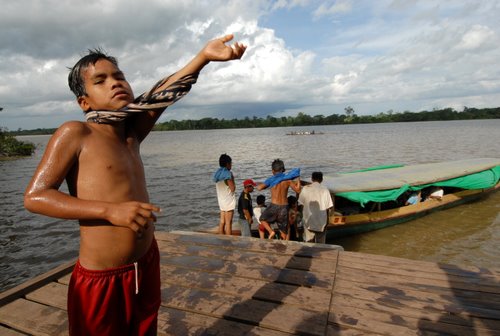 Kids Swimming at San Francisco, Peru
Kids Swimming at San Francisco, Peru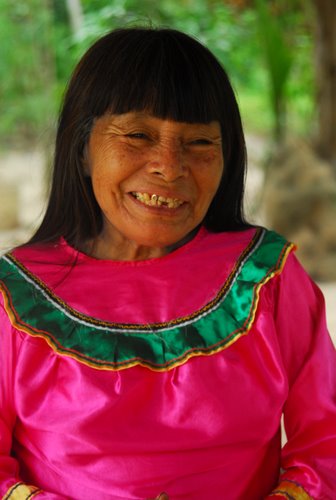 Shapibo Woman
Shapibo Woman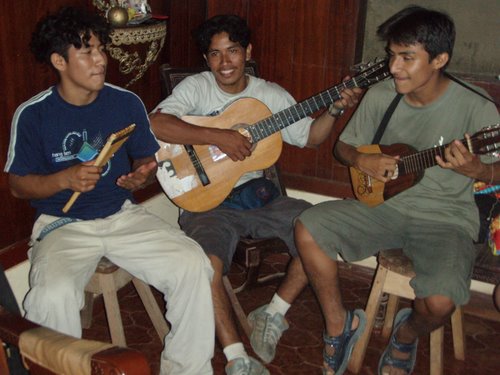 Musical Group in Pucallpa
Musical Group in PucallpaThanks so much for your message and I am glad to hear you are well in Pucallpa! Please say hello to your family and Roald & Marisela too. I promise to add more pics from Pucallpa soon. I will be adding more to the Blog as well.
Danny
PS. My Spanish is improving.... but very slowly :)
Hi Danny: Sounds and looks like you are having a wonderfull time. I look forward to your emails updating us on all your new adventures. The photographs are wonderfull.
Take care of yourself. Agnes
Hola Agnes... and thanks for signing in! I will be adding more to this blog soon! Hope you are well!
Danny
Hello my friends!
Sam and Jacob your questions are excellent and I am glad you were able to sign on to my blog. I am really pleased to know that you are learing about climate change in your classes at school. I have met a lot of people on my journey and it has been interesting to talk to people about their lives and learn about what is important to them. It seems that people in South Amerca are very concerned about the environment ... although I have not spoken to many people specifically about climate change (although I will). I will add more information about climage change on this blog soon.
Jacob... I saw all sorts of animals in Chile... from foxes to condors to Vicunas and Gunacos! I will show you some pictures of these animals soon.
Thanks for your questions and I hope to hear from you both again soon!
Danny
Hey Danny,
I'm glad to learn that you are having such an enjoyable time. Though I hope you are getting some rest as well. I am enjoing the website and learning about South America..Pretty place and from what I read here rich in culture... And the photos are so beautiful.. lovely compositions! The website is very well maintained too. Great work guys!
"I am not sure what it is about traditional cultures and lifestyles that we humans (at least some of us) are so keen to see and experience." .. how true .. I believe its the simplicity of it all that is so attractive...though its better experienced than talked about. No?
I am already thinking of planning a trip sometime. Take care of yourself and I hope you don't lose anything else (read about the VISA :().
(I promise to visit the website a bit more often than I do! I did stop by earlier but I gather you must be on the road alot to stop and catchup.)
Stay safe and hope to hear from you soon.
best
Shamina
Thanks for your note. I appreciate that you have taken the time to sign on and send a post.
Cheers,
Danny
 Funded by TEK
Funded by TEK